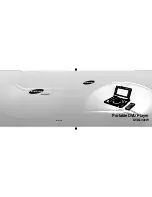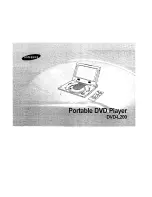
Glossary
DAQArb 5411 User Manual
G-4
©
National Instruments Corporation
DAQ
data acquisition—(1) collecting and measuring electrical signals from
sensors, transducers, and test probes or fixtures and inputting them to a
computer for processing; (2) collecting and measuring the same kinds
of electrical signals with A/D and/or DIO boards plugged into a
computer, and possibly generating control signals with D/A and/or DIO
boards in the same computer
dB
decibel—the unit for expressing a logarithmic measure of the ratio of
two signal levels: dB=20log10 V1/V2, for signals in volts
DC
direct current
DC coupled
allowing the transmission of both AC and DC signals
DDS
direct digital synthesis—a digital technique of frequency generation
using a numerically controlled oscillator (NCO), a dedicated lookup
memory, and a DAC
DDS mode
a method of waveform generation that uses built-in DDS functionality
to generate very high frequency resolution standard waveforms
default setting
a default parameter value recorded in the driver. In many cases, the
default input of a control is a certain value (often 0) that means use the
current default setting.
device
a plug-in data acquisition board, card, or pad that can contain multiple
channels and conversion devices. Plug-in boards, PCMCIA cards, and
devices such as the DAQPad-1200, which connects to your computer
parallel port, are all examples of DAQ devices.
DGND
digital ground signal
DMA
direct memory access—a method by which data can be transferred to/
from computer memory from/to a device or memory on the bus while
the processor does something else. DMA is the fastest method of
transferring data to/from computer memory.
drivers
software that controls a specific hardware device such as a DAQ board
or a GPIB interface board
dynamic range
the ratio of the largest signal level a circuit can handle to the smallest
signal level it can handle (usually taken to be the noise level), normally
expressed in dB















































